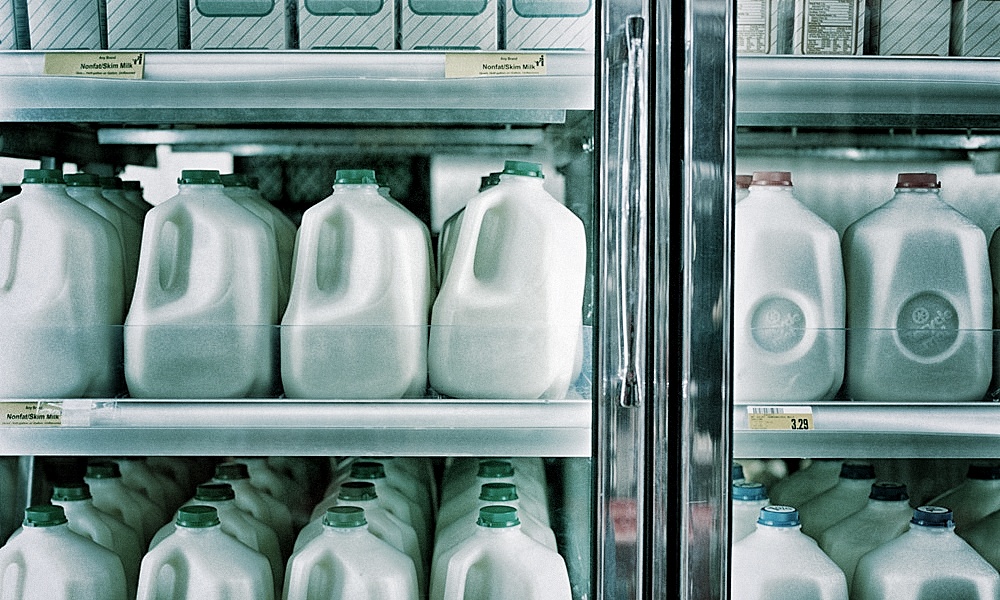
“Dairy Cliff”: Group’s Last-Minute Advocacy Averts Spike in Milk Prices
While Congress had its hands full with the "fiscal cliff," the International Dairy Foods Association worked to prevent consumers from falling over the "dairy cliff"—and facing higher milk prices.
Many industries faced danger from the narrowly averted “fiscal cliff,” but in the days before the deadline hit this week, one industry’s story rose above the rest—like cream, rising to the top.
A drastic increase in subsidies for dairy farmers, scheduled to kick in on January 1, would have hit consumers hard. While the issue was separate from the “fiscal cliff,” a fix for the “dairy cliff” became a part of the legislation passed this week, as well as part of the storyline of the congressional fight.
More details, including how one association dealt with the crisis:
The situation
One of the loose ends that faced the dairy industry was the expiration of a subsidy program contained in the 2008 farm bill, which Congress failed to renew last year. Without a new farm bill, subsidies would revert to those provided for in the 1949 Agricultural Act, which were about twice as high as today’s subsidies—$38 per 100 pounds versus the current $18 per 100 pounds. The potential fallout: $7-per-gallon milk.
If a new bill wasn’t passed, dairy processors would have been required to pay farmers at much higher levels, leading to higher prices for consumers. As a result, the International Dairy Foods Association (IDFA), which represents processors, sent a plea to Secretary of Agriculture Tom Vilsack in an effort to prevent the changes.
It is ironic that the threat of higher dairy prices for consumers, caused by the possible implementation of the 1949 Act, is being used to force Congress to pass a new program that will result in higher prices.
“Although a sudden and unpredictable increase in milk prices may result in a short-term financial windfall to dairy producers, the immediate implementation of the 1949 Act would dramatically increase government spending, would force consumers to pay significantly more for dairy products, and would impose long-term damage to the dairy industry,” the group said in the letter.
An alternative, batted away
As things got close to the wire, a group of legislators from farm states offered a solution—a law that, if passed, would have allowed for government intervention to help keep dairy prices low. IDFA criticized the proposal, saying an expanded government role would hurt the industry.
“It is ironic that the threat of higher dairy prices for consumers, caused by the possible implementation of the 1949 Act, is being used to force Congress to pass a new program that will result in higher prices,” claimed Jerry Slominski, IDFA senior vice president for legislative and economic affairs.
Ultimately, Senate Majority Leader Mitch McConnell agreed with the association, and the bill was shelved. Instead, the “dairy cliff” was tied into the fiscal cliff legislation, with a $100 million cut in food stamps paying for the fix.
what’s next?
With the passage of the “fiscal cliff” bill, the dairy industry has earned a little time, as the 2008 law that included the lower dairy subsidy was extended for nine months. But expect another showdown down the road.
Has your association ever faced a similar last-minute advocacy challenge? Tell us about it in the comments.
(Ryan McVay/Digital Vision/Thinkstock)






Comments